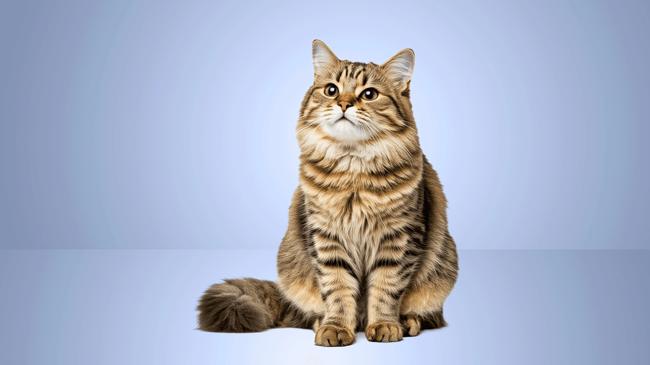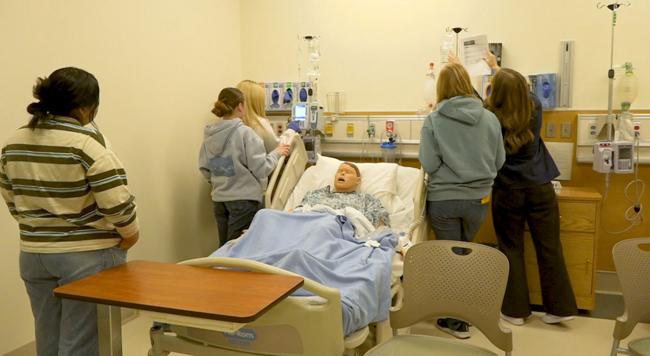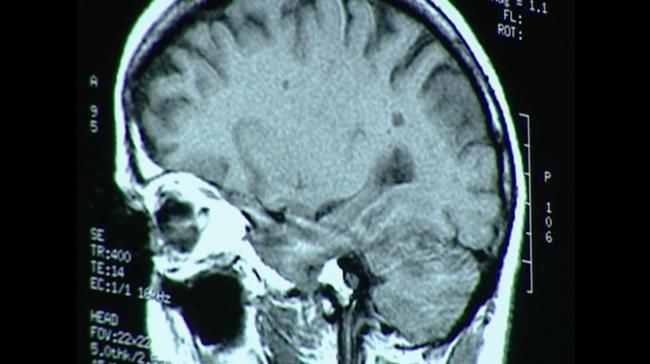Summary
What youll really pay to keep a happy, healthy cat.
Source: Buy Side from WSJ on MSN.com

AI News Q&A (Free Content)
Q1: What are the main components of the annual cost breakdown for owning a cat in 2024?
A1: The primary components of annual cat ownership costs in 2024 include food, veterinary care, litter, preventive medications, pet insurance, and occasional boarding. According to leading pet care sources, average expenses can range from $800 to $1,200 per year, with food and routine veterinary visits comprising the largest shares. Unexpected health issues or emergencies can significantly increase these costs.
Q2: How does pet insurance impact the overall healthcare expenses for cat owners?
A2: Pet insurance can help mitigate the financial impact of unexpected veterinary expenses by covering a portion of costs related to illness, accidents, and sometimes routine care. While monthly premiums for cat insurance average between $20 and $40, policyholders may save hundreds or even thousands of dollars in the event of major health issues. However, coverage varies by provider and policy, so cat owners should carefully review terms before purchasing.
Q3: What technological innovations are influencing the cost and quality of pet health care for cats?
A3: Recent technological advancements such as AI-powered diagnostic tools and modular health monitoring devices are improving the accuracy and speed of veterinary diagnoses, potentially reducing long-term healthcare costs. For instance, companies like Petco have implemented computer vision systems to identify potential health issues from images and videos, leading to faster interventions and improved pet health outcomes.
Q4: How do modular pet feeding devices contribute to a cat's health and owner expenses?
A4: Modular pet feeding devices integrate automated feeding, health monitoring, and behavior analysis to optimize diet and detect health concerns early. These devices feature AI-enabled sensors to measure food intake, heart rate, and behavioral patterns, providing personalized care suggestions. While initial investment is higher, these devices may reduce future veterinary bills by promoting preventive care and early detection of issues.
Q5: What are the potential long-term financial risks associated with not having pet insurance for a cat?
A5: Without pet insurance, cat owners are fully responsible for all medical expenses, including emergencies, surgeries, and chronic condition management. Unexpected veterinary bills can reach thousands of dollars, potentially causing financial strain. Studies highlight that uninsured pet owners are more likely to delay or forgo necessary treatments due to cost concerns, potentially compromising their cat's health.
Q6: What does the latest scholarly research say about the effectiveness of AI and digital tools in improving pet health outcomes?
A6: Recent studies indicate that AI-driven tools, such as the Media Insights Engine for pet health diagnosis, have reduced time to diagnosis and enhanced the accuracy of veterinary assessments. By analyzing pet images and integrating with veterinary databases, these systems enable earlier intervention and better health outcomes for cats, while also streamlining clinic operations and potentially lowering care costs.
Q7: How does the economic burden of cat-related health issues compare to other pet or pest management costs in Australia?
A7: In Australia, the combined economic burden of domestic and feral cats exceeds AUD $18.7 billion annually, surpassing the costs associated with rabbits and other invasive species. Cats also contribute to significant public health expenses through the transmission of diseases such as toxoplasmosis, which alone costs over AUD $6 billion each year. These figures highlight the substantial impact of cats on both individual owners and society at large.
References:
- Pet ownership in Australia: https://en.wikipedia.org/wiki/Cats_in_Australia





